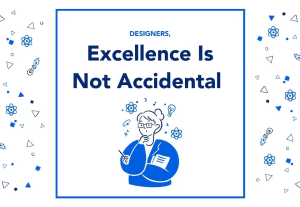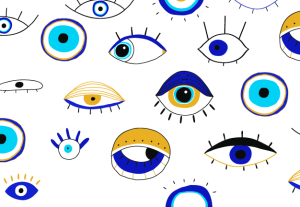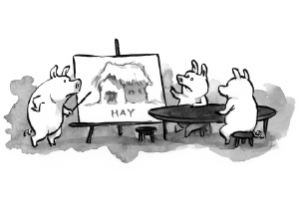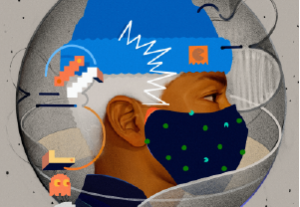- Agile and Iterative Process, Business UX Leaders, Design, Personal and Professional Development, Strategy, The rise of design, UX Education
Excellence is deliberate.
Article by Nate Schloesser
Designers, Excellence Is Not Accidental
- The author speculates on reaching excellence in design backing the arguments with his own experience of delivering product strategy for Internet and Screen Accountability software Covenant Eyes.
- Excellence in design is not something that comes to you naturally; it is deliberate and comes with effort.
- Excellence starts with mastering design skills through learning, making mistakes, and, eventually, making a habit of putting to work everything you’ve learned.
- In the pursuit of excellence, intelligent execution is an essential step. The author advises that you should always take into account the environment in which the plan is to be implemented. Also, you should have a thorough awareness of the framework and the organization you are working with.
Share:Designers, Excellence Is Not Accidental
Share this link
- December 27, 2022
6 min read







